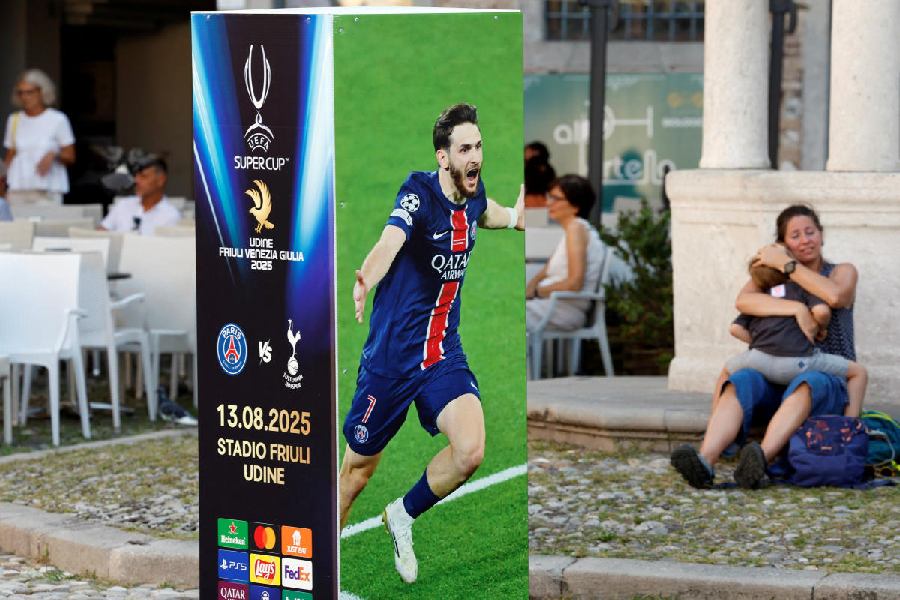 |
At a recent symposium on art in public space, Gregor Schneider, the German artist who has undertaken the first major public art project in the city, unveiled a sketch of his proposed work, “Swapnapuri”.
At a glance, his idea looks suitably dream-like, with neat little houses on a stretch of green. The Maidan could be the perfect venue for this venture. Susanne Titz, the director of the Städtisches Museum Abteiberg, who accompanied the artist on a tour of the city, heartily agreed.
But Schneider’s work, as Titz pointed out, could be strangely deceptive. The prim interiors of his “constructed rooms” resonate with a “strange psychotic mess”, she said. So “Swapnapuri” may well turn out to be a house of nightmares instead of sweet dreams.
Schneider is no stranger to controversy. When invited to show at the Venice Biennale in 2005, he came up with the idea of putting a big black cube, inspired by the Kaaba in Mecca and by Malevich’s “Black Square” (1913), in the middle of the Piazza di San Marco.
The authorities decided the work was too controversial and rejected it. Finally, it was installed in Hamburg in 2007, where it drew admiring crowds, both Muslims and non-Muslims. Schneider was invited to address a gathering of 3,000 Muslims, and his work was appraised by 14 Imams from Hamburg.
Asked about his reaction to India, this being his first visit, Schneider looked visibly shaken. “In India, the public space is where people live their private lives,” he said, “They have babies and die on the streets”.
Getting to know these realities first hand may have a profound effect on his work, which hits out at tame domesticity. As Titz said: “There is something frightening about the claustrophobic rooms he creates.”
Schneider’s most famous work in this style was built around the German Pavilion in the 2001 Venice Biennale and won him the prestigious Golden Lion Award.
Visitors entering these rooms are confronted by what looks like the picture of tidiness. But these bizarre spaces, which can be accessed through a kitchen sink or a cupboard, lead into the depths of the house, and create a sense of disorientation.
One of Schneider’s most disturbing installations was around the entrance of the Städtisches Museum Abteiberg in Mönchengladbach, of which Titz is the director. It was essentially a huge tunnel leading into the museum, with some of Schneider’s rooms along the way. Visitors had to sign a declaration taking full responsibility for any physical or emotional impairment on entering the tunnel.
“The work drew a huge crowd,” said Titz, “even the local people, who had never really cared to visit the museum before, came”. Hopefully, Schneider’s work in Calcutta would also have a similar effect on the inhabitants.










